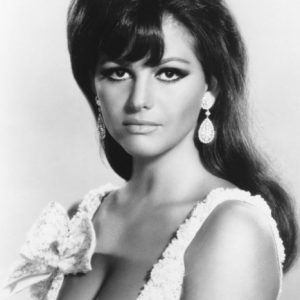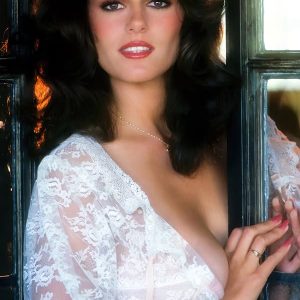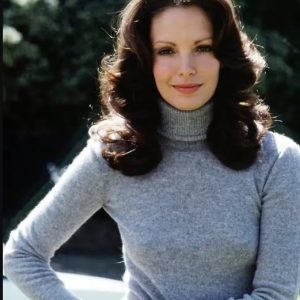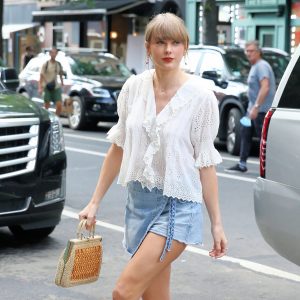
Rediscovering the Glove Stretcher: A Glimpse into Fashion History
Origins and Functionality
The glove stretcher, a relic of a past era, symbolizes meticulous care and attention to detail once crucial in personal grooming and wardrobe maintenance. Crafted from materials like wood, bone, metal, or ivory, this tool delicately adjusted the fit of leather gloves without causing damage. By gently expanding the glove’s fingers, it ensured comfort and flexibility for the wearer.
Social Significance
During the 19th and early 20th centuries, gloves held significant social importance, worn by both men and women for various occasions. The condition and fit of gloves reflected personal grooming and social status. Thus, the glove stretcher was not merely practical but essential for maintaining gloves in pristine condition, reflecting sophistication and hygiene.
Cultural Value and Sustainability
The use of glove stretchers underscores the era’s emphasis on durability and meticulous care of personal possessions. In a time before disposable fashion, preserving clothing and accessories was integral to daily life. This tool represented sustainable practices and appreciation for material quality, themes increasingly relevant in contemporary fashion discourse.
Historical Context and Ingenuity
Similar to corset lacing tools and hat brushes, glove stretchers illustrate the relationship between fashion accessories and their supporting technologies. They exemplify past generations’ ingenuity in addressing practical wardrobe challenges, highlighting the craftsmanship and problem-solving of earlier times.
Legacy and Modern Relevance
Today, glove stretchers are prized by collectors and historians, offering insight into past daily rituals and the art of dressing with meticulous care. They serve as reminders of past fashion elegance and the importance of maintaining personal attire, reflecting lessons in fashion history and the value of preserving belongings.
Conclusion
In summary, the glove stretcher transcends its practical function to embody the sophistication and social significance of bygone eras. It stands as a testament to the meticulous care once integral to personal grooming and wardrobe maintenance, offering a window into the elegance and thoughtfulness of historical fashion practices.





